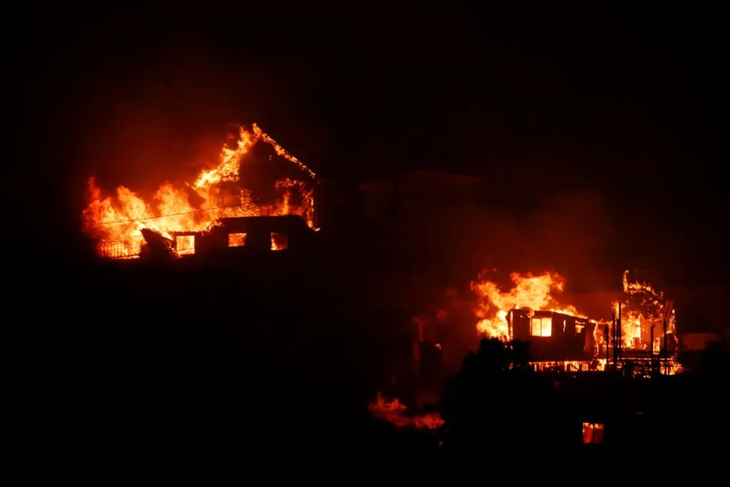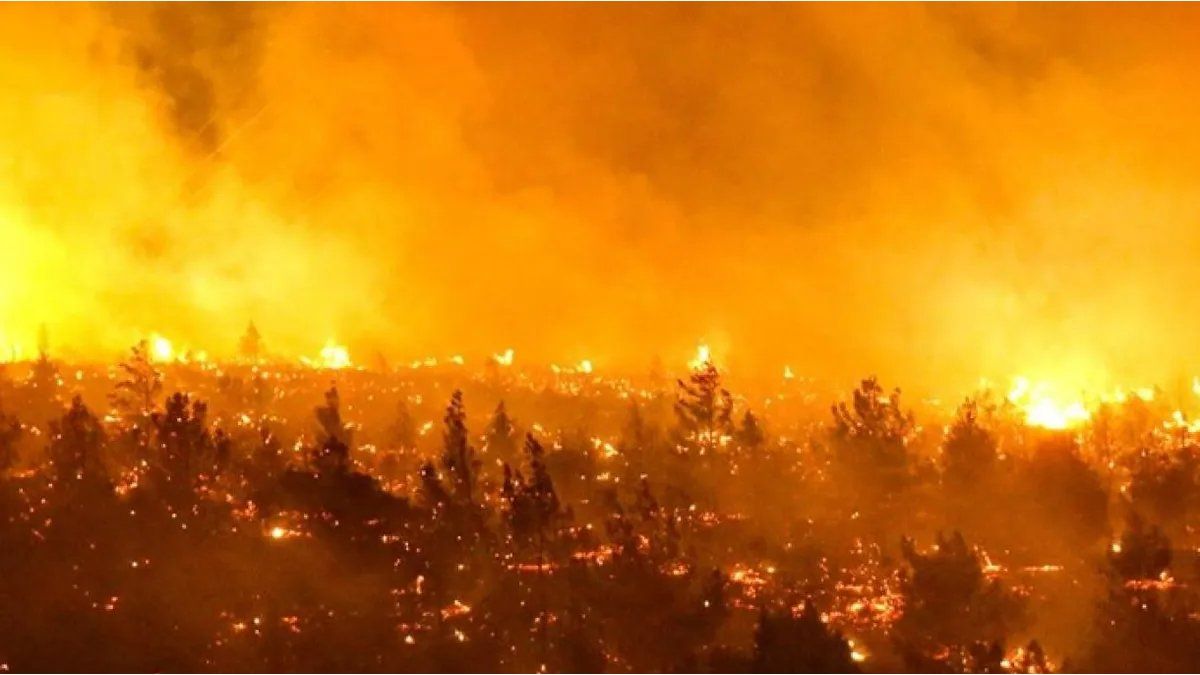The Valparaíso coastal region, located in the center of the country and where almost a million inhabitants live, was the most affected.
The figure of deaths from forest fires in Chile was increased to 51authorities said, adding that the number will continue to increase in the coming hours, making the tragedy the deadliest since a powerful 2010 earthquake which left half a thousand dead.
The content you want to access is exclusive to subscribers.
Valparaíso, the city most affected by the fire
The coastal region Valparaiso, located in the center of the country and where almost a million inhabitants live, was the most affected. There, hundreds of firefighters accompanied by trucks and helicopters struggled to put out the flames while a dense cloud of smoke reached the Pacific Ocean.


“The condition of Valparaiso It is the most delicate. “It has been the fire that has generated the most human losses and, probably, it will be the emergency situation after the 2010 earthquake, which has generated the most victims in Chile,” she said. Minister of the Interior, Carolina Tohá, at a press conference.
houses-fires-chile.webp

Extreme alert for fires in Chile
“We have a lot of background and preliminary information that makes us see that we are going to reach much higher figures than what we currently know,” he added.
President Gabriel Boric classified the situation as “really very difficult”
The 37-year-old president decreed the Exception status due to catastrophe the day before, which allows the Government move resources more quickly and expedite the delivery of aid.
Around noon, Toha assured that the affected hectares reached 43,000. Fueled by a record heat wave, fires last year left some 27 deceased and affected more than 400,000 hectares.
“The area that is currently affected by fires is much smaller than last year (but) on this date the number of affected hectares is multiplying very quickly,” he explained.
Toha He said that the authorities’ greatest concern was that some of the active fires were developing very close to urban areas “with a very high potential to affect people, homes and facilities.”
Source: Ambito




